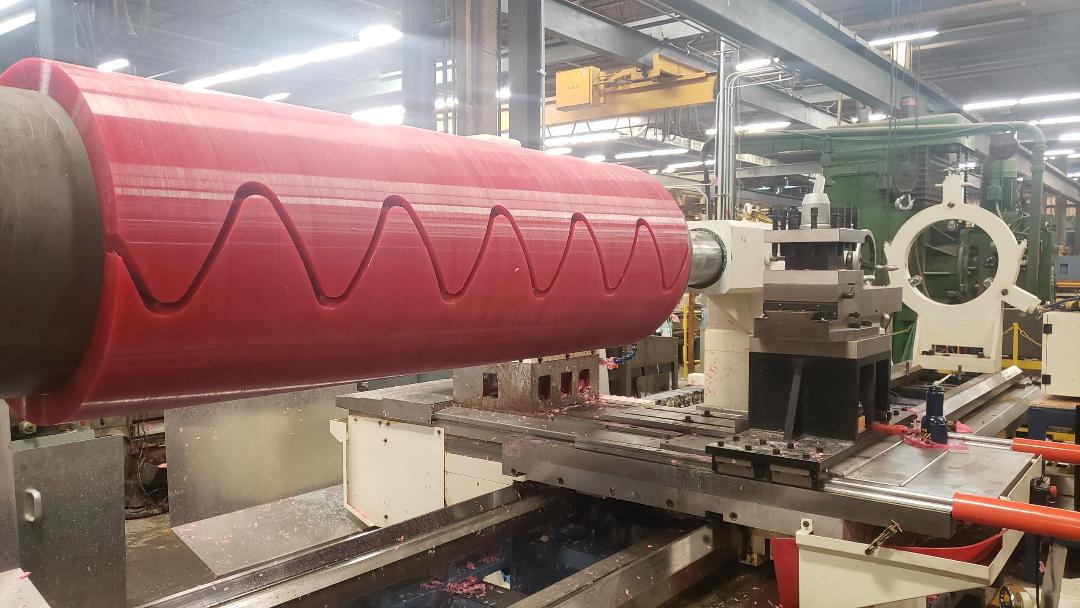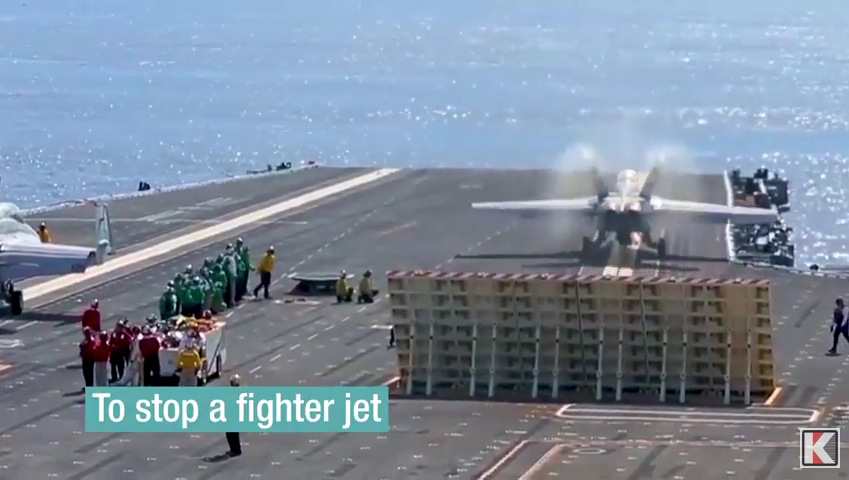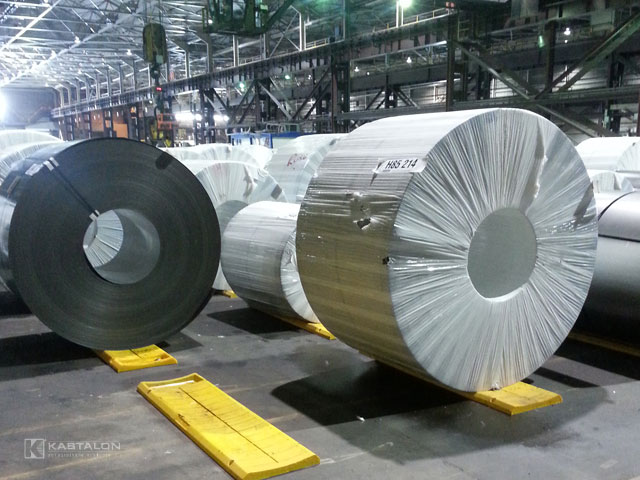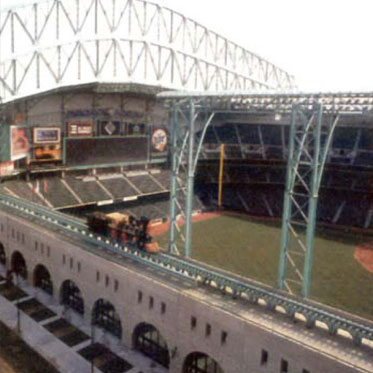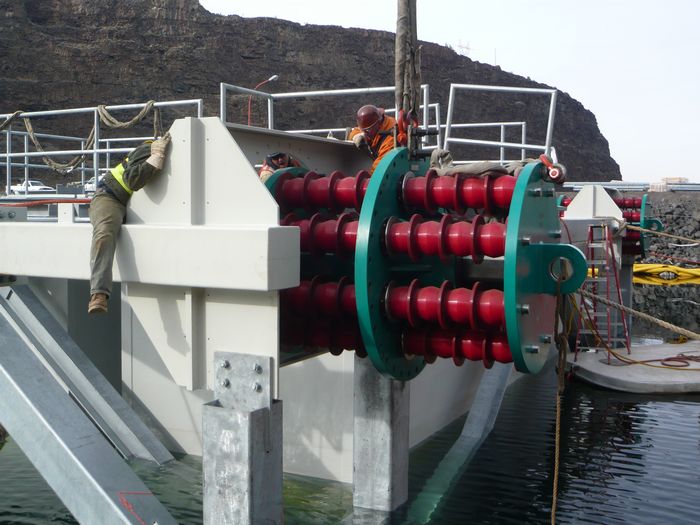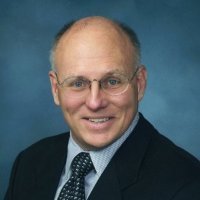 Chicago Family Business Council: Congratulations on celebrating your company’s 50th anniversary! Can you tell us a little history on Kastalon, Inc.?
Chicago Family Business Council: Congratulations on celebrating your company’s 50th anniversary! Can you tell us a little history on Kastalon, Inc.?
Bruce DeMent: Kastalon, Inc. is in the business of designing, engineering and manufacturing polyurethane rubber OE and MRO components for a wide variety of applications and industries. Some of our primary industries are: steel and metals manufacturing, heavy equipment, military, aerospace, materials handling, industrial machinery, food, mining, appliances, building materials and any opportunity requiring high quality polyurethane parts.
The company was founded in 1963 by my father Robert DeMent and 2 of his friends. This was one year after John Glenn orbited the earth and the term “space-age” material was first coined. Like most entrepreneurial starts, my father was a partner in a very small company and was looking for a new opportunity. He “put the word out” that he was looking for something to do and was approached by two friends who were looking for a partner to help them launch a new business. They had heard about a new material called polyurethane that was the next best thing since sliced bread. They were unsure what the material would do, but it was great! Outside of not being able to pronounce the name of the material, and knowing it was “space age material” my dad and his friends began the partnership. My dad would work, they would invest.
During the first year, the business was housed in a space equivalent to a one car garage which was borrowed from one of the partner’s fathers. My dad worked long hours and would bring home parts he made during the day for my brother and I to trim, clean and get ready for shipment in the morning.
After the first year, the business was in the red and the partners had enough. They expected to make at least double their money during this time. My dad knew the company was about to make a profit, but they had enough. In an act of bravado, my dad offered to buy them out for the return they wanted. He thought they would see his confidence and stay in the business. Instead, they accepted his offer, and for the second time in a little over a year my dad had to beg and borrow from the family and anywhere he could to obtain the money. No bank would touch the loan. He was “all in”, on his own and had to vacate the borrowed location. These were very tough times.
Subsequently, we moved, expanded, and moved again to our current 50,000 ft. facility. We grew from a one man shop mixing chemicals in soup and coffee cans that my brother and I collected and washed, to a 75 person state-of-the-art manufacturing facility supplying industries from deep sea to deep space with highly engineered polyurethane elastomeric components.
CFBC: What family members work with you in the business?
BD: At this time we have 4 family members in the business, myself, brother, a cousin and my son Bob who is a member of Aperion forum.
CFBC: How did you hear about the CFBC and what motivated you to join?
BD: I am a charter member of the CFBC. I was contacted in a phone call by Dennis DuBois asking if I would be interested in joining an exclusive organization of family businesses that was being formed and affiliated with UIC. I hesitated and he said there was a kick off dinner at a penthouse atop the 4 Seasons Hotel. He had me then!
The dinner got me started, I heard the spiel about meeting with other family business CEO’s and the very interesting concept of forum. I joined, figuring if this was bogus I would be quickly gone. After the first forum meeting of the Alpha forum I was sold. The people, experiences and opportunity to learn in a way that was not available anywhere else. I have been involved as much as possible ever since.
CFBC: How has the CFBC helped your company succeed?
BD: There isn’t enough room to tell how the CFBC has helped my company succeed! Briefly, the CFBC has provided me with access to resources, both with our strategic partners and membership I would not have otherwise had. The education I have gained from the many excellent speakers, seminars, discussions and interaction with other CEO’s has given me great insight in guiding my company over these many years. This insight has helped me to avoid many pitfalls and appreciate many opportunities that I would have missed without my CFBC experience and support.
CFBC: What has been the most rewarding aspect of your experience with your forum
and the CFBC?
BD: By far the most rewarding experience of the CFBC is the friendship and support of the wonderful like-minded people I have met, many of whom have become close friends. Without the CFBC I would never have been able to meet these people or know them on such a close personal level.
CFBC: Is there one thing you have learned from being a member of CFBC that has impacted your business or your life the most?
BD: There are so many things I have learned that have had great positive impact on me, boiling down the experience to one thing does not do the organization justice. But to answer your question, the one thing that has had the greatest impact is the application of forum protocol and its application of Emotional Intelligence in both my business and personal lives. This has literally been life changing for me. Without the CFBC, I would never have learned of or understood this powerful way of thinking, living.
CFBC: What do you enjoy doing in your free time?
BD: One thing I greatly enjoy in my free time is riding one of my motorcycles. I have a 1996 Road King that I just had completely reworked. I love that bike, I am a bit vertically challenged, but now that it has been lowered, it is really sweet. I also have a 2012, Soft Tail Convertible Screaming Eagle. I took that for a break in ride last May to the Smoky Mountains with my forum bother Tony Gfesser. I have made many rides with others from the CFBC and am going to Sturgis this summer.
CFBC: What one book would you recommend to your fellow CFBC members?
BD: I have a whole bibliography of business related books that have greatly benefitted me and my business, but if I had to narrow it down to only one, without a question it would be Emotional Intelligence: Why It Can Matter More Than IQ by Daniel Goleman.
CFBC: What are your plans for the future?
BD: My plans for the future were in a bit of a state of flux. My brother, and equal partner, is retiring late next year. We have been considering our options regarding succession. For a time we were strongly considering selling and retirement. I was ambivalent about retiring and since then we have reached agreement where I will purchase my brother’s interest. I will continue to work at what I love to do for some years to come. (I will hire people for the other parts!)
CFBC: What was your first job?
BD: My first job was at the age of 11, my brother and I cut grass for some neighbors and friends of our family. The most memorable and worst was the lawn of a home with 3 large dogs. Hot August days weren’t pretty! We had these lawns because other kids wouldn’t cut them. The lesson of doing a little more difficult things, and the little greater reward associated with them has carried over into my business life. We still produce many things our competitors cannot or will not manufacture.
CFBC: Can you describe your ideal customer?
BD: Our ideal customer is one who appreciates our customer intimate approach and allows us to use our skill and expertise to solve their problems. We are expert in our field and when we have a customer who allows us to utilize our abilities we can provide our customer with the greatest value. Not only does this provide the greatest benefit to our customer and ourselves, we have more fun!
This entry was posted in Blog, Spotlight and tagged 50th Anniversary, Bruce DeMent, CFBC, Chicago Family Business Council, Entrepreneurs, family business, Kastalon Inc. Posted on February 8th, 2013 by Judy Hogel

